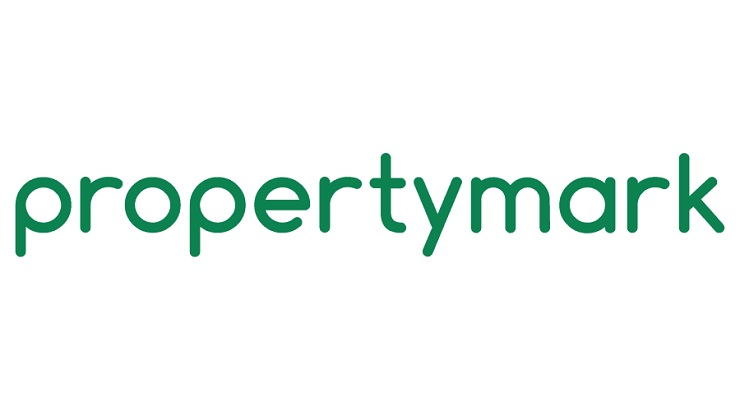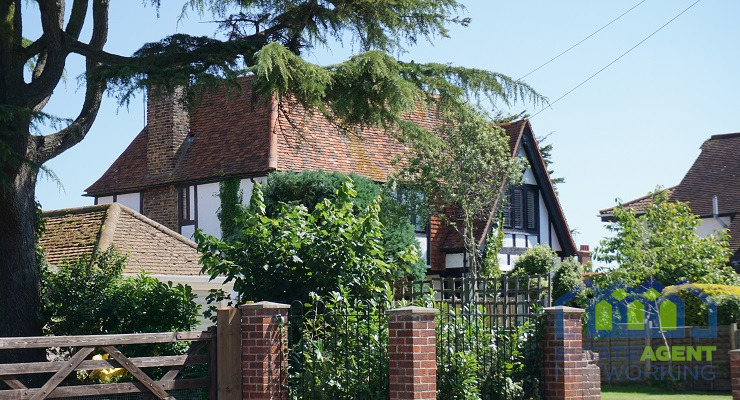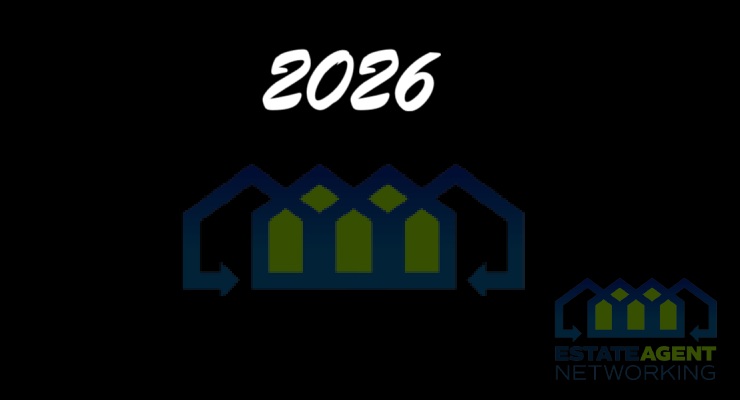Buy to Let: The difference between Scotland and England
English investors seeking property in Scotland tend to focus on Edinburgh.
Not only the Capital city, Edinburgh is also the strongest property market in the UK in terms of growth of capital and yield. Edinburgh’s population grew by 10% in the last ten years and this growth is expected to continue with a further 100,000 in the next twenty years.
Property Purchase
Most estate agents in Scotland are also solicitors. This is particularly useful and it’s best to engage with one before you start your property search. Get an idea of what is available to you and the necessary steps to take in order to purchase.
The biggest difference when buying in Scotland compared to England is that every seller is legally required to pay for a home report. This report must be available when marketing the property. It not only provides a market valuation, but also a guide to the condition of various aspects of the property.
It’s important that you are happy with this report too. Ensure the surveyor has done a thorough job. If you’re still unsure or unsatisfied, consider additional surveys as required. Spend the time getting it right.
When the property market is busy most properties are marketed as “Offers over”, similar to having sealed bids in England. Always seek the advice of your solicitor before placing an offer. Many things come into consideration – the closing date of the property, how much interest has been confirmed and what similar properties have sold for.
Although the highest bid is usually prioritised, cash offers can be favoured even when they’re not the largest sum. Cash offers can often promise a quicker transaction, which some sellers value most.
Tax
Land and Buildings Transaction Tax (LBTT) is similar to stamp duty in England, however the rates are different. If you own a property already, you are likely to be obliged to pay an additional rate when purchasing another property.
The rates are categorised in bands. An easy comparison can be made with considering the purchase of a property for £250,000. In Scotland you would pay £12,100 in LBTT, whereas in England you would pay £10,000 in stamp duty.
The differential is greater for higher priced property. For example, a £500,000 property would incur a LBTT fee of £43,350 in Scotland, which is £13,350 more than stamp duty.
Don’t let this put you off, as although the tax is higher it can be added to your capital costs when calculating your yield.
Self Management or Letting Agent
If you have the time, knowledge and confidence, self management can be a great option. Letting agents in Scotland have a comparable reputation to England. Tenants have lower expectations of letting agents and often opt for landlord managed property.
Reputation is everything. Do not write off the idea of using a letting agency before checking what both tenants and landlords have to say about them. Reviews on Google, for example, work as a good base for understanding a business’s reputation.
Always check that the letting agent is registered in Scotland, as it’s now a legal obligation. Alongside this is a new code of practice that every letting agent must adhere to. While some agents may have warranted reasons for their applications not being completed as yet, be mindful of the fact that the register is almost a year old. Coming into action on 1st October 2018, if agents are not yet registered it may allude to concerns regarding their application.
There are additional measures to the quality of a letting agency. Look for an ARLA Propertymark licenced agent, or a Regulated Firm of Surveyors for confidence in their professional competency.
Preparing to Let
Regardless of your management choice, you’ll need to register as a landlord with the relevant local authority in Scotland.
Don’t forget to add the property you are going to let and ensure any joint owners are also registered and linked to the property. If you do choose an agent you’ll need to add them too.
Repairing Standard
Whether a property is furnished or not in Scotland will depend on property type and location. Almost all one and two bed flats in central Edinburgh are furnished, however it’s rare for a house in the suburbs to be furnished.
The Repairing Standard in Scotland is there to ensure that a property meets a basic set of requirements, such as being wind and water tight and that everything in the property is fit for purpose.
One key part of the Repairing Standard, which has been extended in recent years is the requirement to meet safety standards. All property being let must have the following: suitable mains or long battery life interlinked smoke and heat alarms, a satisfactory Electrical Inspection Condition Report (EICR), Portable Appliance Testing certificate, Landlord Gas Safety Certificate and suitable carbon monoxide (CO) alarms. It is also a requirement to carry out Legionella risk assessments and mitigate or remove risks as appropriate.
Finding Tenants
Good tenants are often seen as the key to successful letting, however looking after your tenants is even more important once they move in.
The process of finding tenants does not vary between Scotland and England. Landlords are restricted to advertising on sites like Gumtree, in comparison to agent tools like Rightmove and Zoopla. Professional tenants will often look for property on agent tools first.
As always advised, it’s essential to carry out reference checks on tenants to ensure they have employment, can afford the rent and have a good track record as a tenant. Some of these checks can be done by a landlord, however it is recommended to use a referencing company in order to be as thorough as possible.
Creating a Tenancy
Once a tenant has been referenced and chosen, there are a number of steps to take before they move in. You’ll need to create a tenancy agreement, an inventory, check the tenants in and log their deposit with an approved Tenancy Deposit Scheme.
All properties in Scotland let as a home must use a Private Residential Tenancy (PRT). The old Short Assured Tenancy (SAT) in Scotland was similar in many ways to the English Assured Shorthold Tenancy (AST).
Coming into effect in December 2017, the Scottish PRT is the only tenancy permitted. The key difference to the tenancies that came before it, is the fact that while a start date is established, there is no end date.
In theory this means the tenant can stay forever but in practice the landlord is entitled to recover possession if they are going to sell it, move back in themselves or if the tenant breaches their tenancy.









